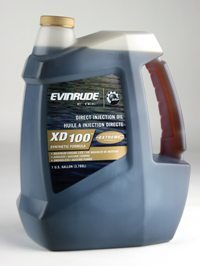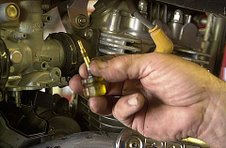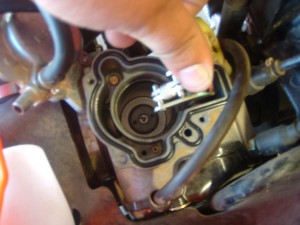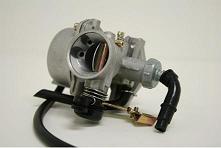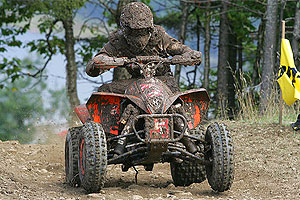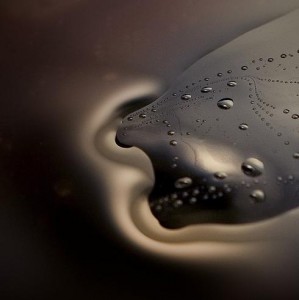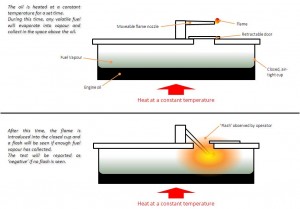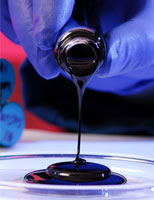ATV Troubleshooting
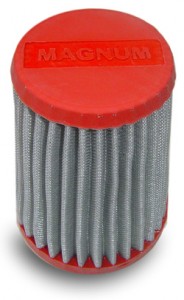 In this blog, we cover many of the basic maintenance procedures for ATVs and other similar vehicles. However, we sometimes glaze over some of the most fundamental questions that ATV owners raise. Over the next few days, we’ll be answering some of the most frequently asked questions pertaining to basic maintenance and upkeep of ATVs—from what outboard motor oil to use, to the basics of the crankshaft.
In this blog, we cover many of the basic maintenance procedures for ATVs and other similar vehicles. However, we sometimes glaze over some of the most fundamental questions that ATV owners raise. Over the next few days, we’ll be answering some of the most frequently asked questions pertaining to basic maintenance and upkeep of ATVs—from what outboard motor oil to use, to the basics of the crankshaft.
Today we’ll start by reviewing one of the most commonly neglected components of the vehicle, the air filter. A dirty air filter will not adequately capture dirt, meaning that gunk and particles will be able to reach your engine. It is crucial to clean the air filter on a regular basis, especially for those with an open-air box. You can clean your air filter without necessarily having to replace it with a new one; doing this routinely will help extend its life.





